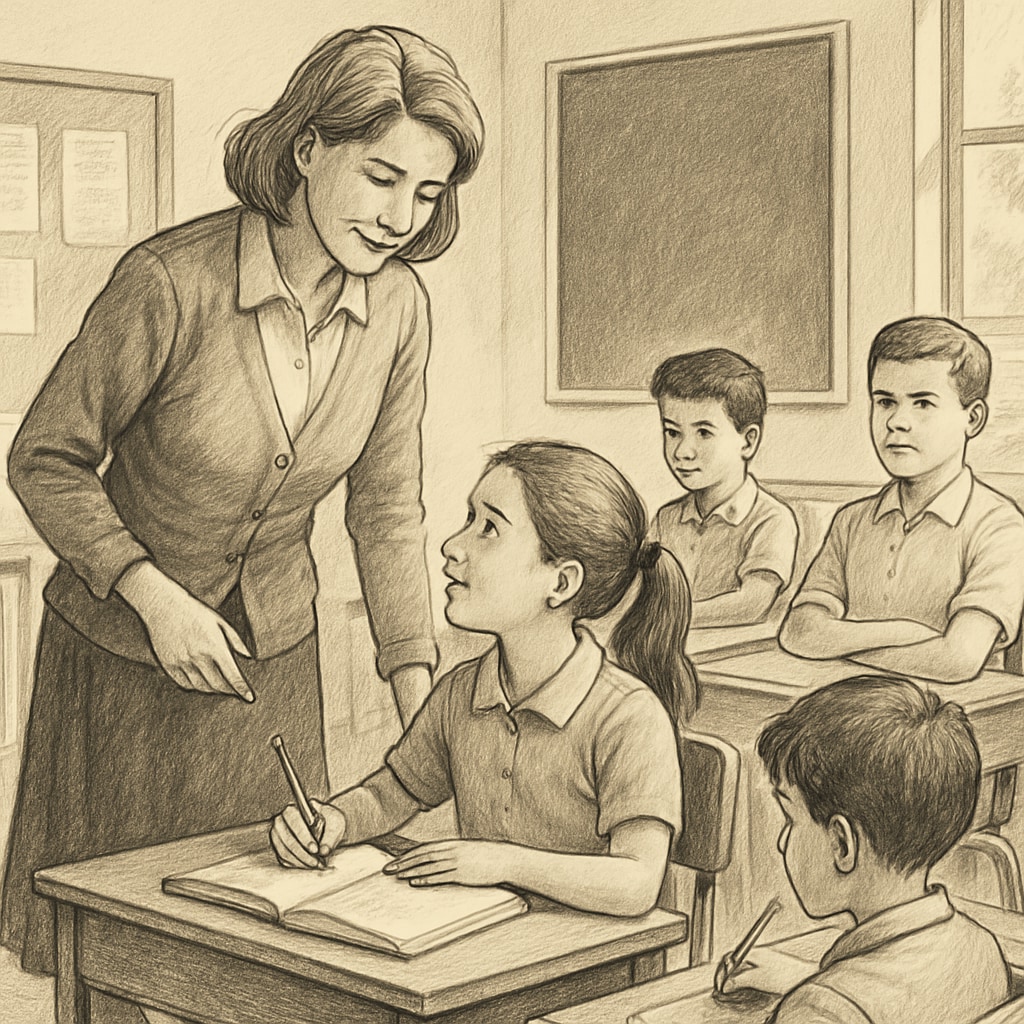Can pushing students to their limits lead to greatness, or does it risk causing irreversible harm? This question lies at the heart of the ethical dilemma surrounding education limits, strict methods, and the expression of care. In the acclaimed film Whiplash, the relationship between a demanding music teacher and his student highlights the tension between rigorous teaching and safeguarding a student’s emotional and mental well-being. As educators in K12 settings pursue excellence, they must navigate this fine balance to ensure that their methods foster growth without crossing ethical boundaries.
Rigor vs. Well-Being: The Core Conflict
At its core, the ethical dilemma in education revolves around one question: When does rigor become harmful? In Whiplash, the teacher’s relentless pursuit of perfection leads to emotional manipulation and physical exhaustion for the student. While the student achieves technical mastery, he also faces severe bouts of anxiety and self-doubt. This raises a critical issue in real-world education: How much pressure is too much?
Educational rigor is essential for fostering discipline and resilience. However, research shows that excessive stress in learning environments can negatively impact mental health. According to the American Psychological Association (APA), prolonged exposure to high-pressure situations can lead to burnout, depression, and anxiety in students. Therefore, educators must carefully assess their teaching strategies, ensuring they challenge students without overwhelming them.

Finding the Ethical Balance
Balancing strict methods with care requires a nuanced understanding of both pedagogy and psychology. Here are some key approaches educators can adopt:
- Individualized Attention: Different students have different thresholds for pressure. Personalized learning plans can help educators adapt their methods to suit each student’s needs.
- Open Communication: Creating an environment where students feel safe to express their struggles ensures that their mental health is not overlooked.
- Incorporating Restorative Practices: Balancing rigorous expectations with moments of encouragement and acknowledgment fosters a healthy learning atmosphere.
By implementing these strategies, educators can maintain high standards while respecting their students’ emotional well-being. For example, Finland’s education system, often cited as one of the world’s best (BBC), emphasizes both academic rigor and student happiness, proving that excellence and care can coexist.
Long-Term Consequences of Ignoring Care
Neglecting the importance of care in education can have long-term repercussions. Students subjected to overly strict teaching without emotional support may develop a fear of failure, a lack of self-confidence, or even resentment toward learning. These outcomes not only hinder personal growth but also limit the potential for lifelong learning.
In contrast, a balanced approach that integrates challenge with care can lead to more sustainable success. Students nurtured in such environments are more likely to develop intrinsic motivation, resilience, and a love for learning—qualities that extend far beyond the classroom.

Conclusion: The Way Forward
As the film Whiplash illustrates, the line between pushing students to their limits and causing harm is often blurred. Educators must constantly evaluate their practices to ensure they achieve the delicate balance between rigor and care. By prioritizing students’ mental and emotional well-being alongside academic excellence, we can create learning environments that not only foster achievement but also nurture the whole individual.
Ultimately, the goal of education should not solely be about producing high achievers but also about cultivating well-rounded, emotionally healthy individuals. This can only be achieved when educators embrace both the challenges and the ethical responsibilities of their role.
Readability guidance: Short paragraphs and lists summarize key points. Active voice is prioritized, and transition words ensure clarity.


